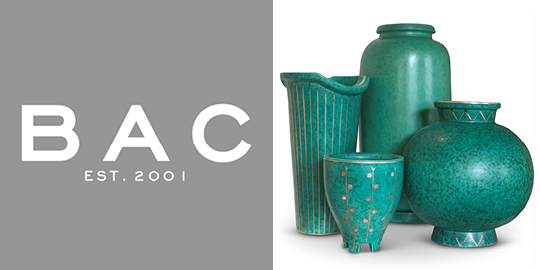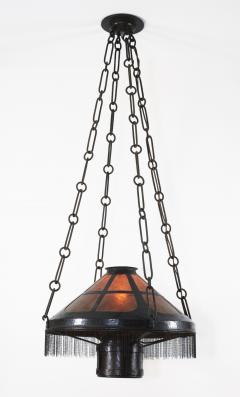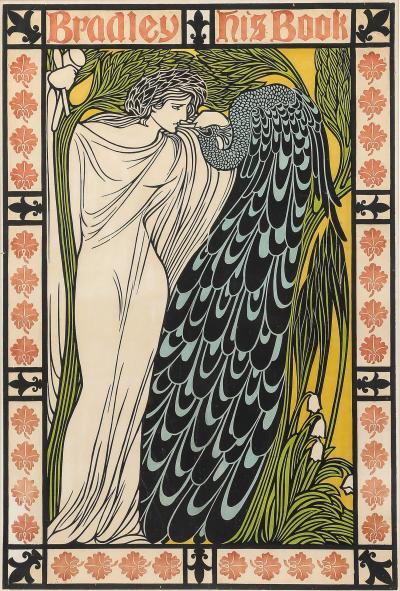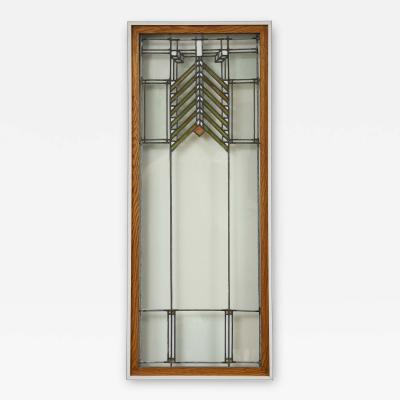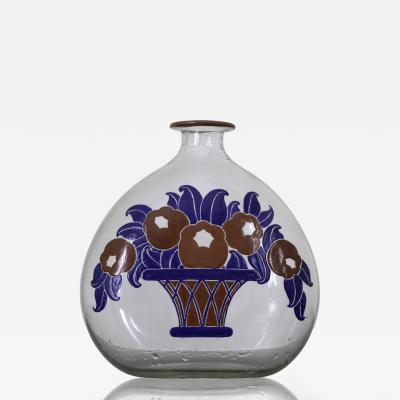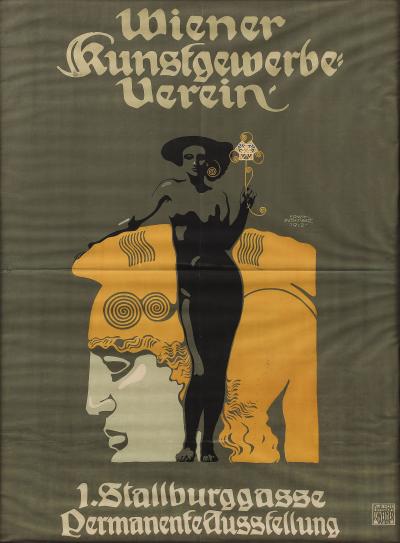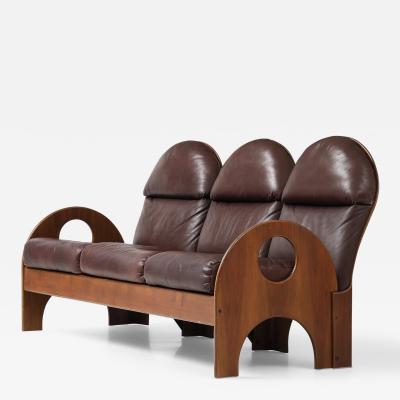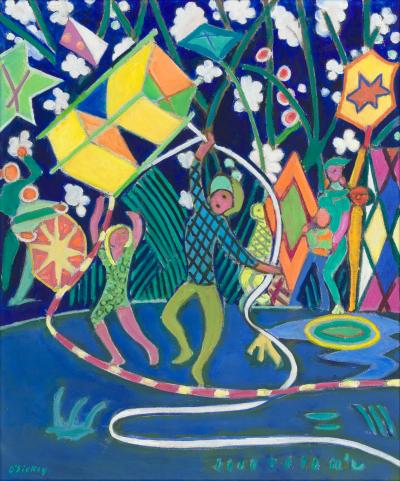Rare Hanging Chandelier, Model no. 291
-
Description
Provenance
Private collection, California, 1988-2003
References
David Cathers, Stickley Style, New York, Archetype Press, 1999, ill. (color), p. 46 and back cover (in situ).
Related Work
Hanging Chandelier, model no. 291, 1904 (Crabtree Farm Collection, Chicago)
Gustav Stickley, the most prominent figure of the American Arts and Crafts Movement, founded his own furnishings company in 1899 after visiting C.F.A Voysey and other British designers on a trip to England. Dedicated to the practical realization of the movement’s philosophy, he created furniture, metalwork, lighting and textiles with the principles of straightforward design and solid workmanship in mind. In 1901, he began to edit and publish the journal The Craftsman, which disseminated both philosophical treatises and practical manuals on the meaning and implementation of the Arts and Crafts lifestyle.
Characterized by minimal, rectilinear lines, Stickley’s design style focused on emphasizing the inherent beauty of the object’s materiality and functionality; in this view, applied decoration was perceived as hiding rather than enhancing the work’s aesthetic appearance. Likewise, Stickley believed that the color scheme of his furnishings should be subdued and monochromatic, in an attempt to be as natural as possible.
The hanging chandelier, with its entirely original components, is an excellent example of Stickley’s design principles. Made from copper and mica, the earthy brown and red materials gently complement his furniture rather than compete for attention. Strong and pliant, the mica sheets provide a warm translucent glow when viewed by transmitted light. The use of mica in lampshades gained favor during the Arts and Crafts period not only for its soothing lighting effects, but also for its natural origins.
Featuring a short, articulated cap and a double row of shade straps, the chandelier’s conical shade is held by four straight copper arms extending from its base. Suspended by a group of four heavy, linked chains, the shade incorporates a row of metal fringe, made from smaller linked chains, around its circular rim. Supporting the chandelier’s singular socket, the squat cylindrical base shows the structural components of the lamp, such as rivets, calling attention to the beauty of utility.
The chandelier’s base and the circular rim of the shade are produced from hand-hammered copper, a textural material that beautifully expresses Stickley’s concern for handcrafted objects. In contrast to the pre-industrial practice of planishing objects to a smooth, bright finish, which accomplished the ideal of a perfected surface, Arts and Crafts designers left visible the hammer marks as evidence that the work had been created by a person’s hand rather than a machine. The chandelier is believed to be one of only two that exist; the other is housed in the Crabtree Farm Collection in Chicago. -
More Information
Documentation: Signed Notes: Marked: Impressed with Stickley Mark Period: 1900-1919 Materials: Copper and mica Condition: Good. Excellent original condition. Patina and mica all original. Missing some metal fringe, none has been replaced. Creation Date: 1904 Styles / Movements: Aesthetic Movement, Americana, Traditional 200 Lex Booth #: 35 Incollect Reference #: 834904 -
Dimensions
W. 21 in; H. 51.5 in; D. 21 in; W. 53.34 cm; H. 130.81 cm; D. 53.34 cm;
Message from Seller:
This revolutionary space showcases over 50 of the finest antique and vintage dealers, who present an extraordinary mix of antique, vintage, and 21st Century finds – furniture, accessories, lighting, fine art, and fine jewelry. We are an all-inclusive design resource for both designers and consumers THE GALLERY AT 200 LEX: MONDAY – FRIDAY 9:30 AM – 5:30PM FOR MORE INFORMATION CALL 646-293-6633 OR EMAIL THEGALLERY@NYDC.COM
AVAILABLE AT:
The Gallery at 200 LEX







